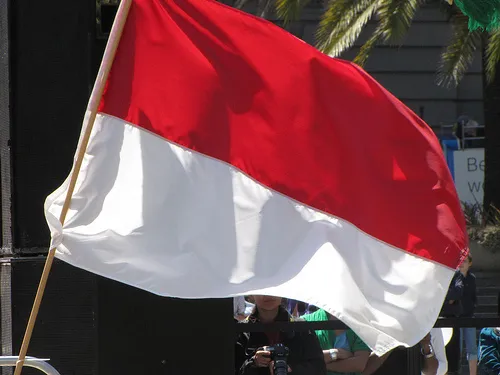
Indonesia's December export growth to dip 3%
Consequently, trade balance will stay dull.
According to DBS, the slowdown in China last year and the Eurozone crisis took a heavy toll on exports. Shipments to Europe are still down by over 30% in October, compared to the peak in May 2011 (prior to the intensification of the Eurozone crisis).
The steady increase in shipments to China also took a pause as commodity prices slumped. That has since been reversed with early signs of a turnaround seen September.
Meanwhile, export to the US stagnated for the whole of last year. Comparatively, imports have continued to surge as the economy embarked on investment-led growth, thereby leading to deteriorating external imbalances.
Here's more from DBS:
However, this is set to change this year. In the coming months, it is likely that the trade deficit will return to a surplus as commodity prices stage a moderate bounce.
In the immediate term, however, the trade balance is likely to stay in negative territory. We are projecting December export and import growth of -3.0% YoY and 0.7% YoY respectively.
Inflationary pressures are starting to mount. January’s inflation number will reflect the large hikes in minimum wages implemented for 2013.
On average, minimum wage increases over the past few years have been around 10%, but in the current round of hikes, selected provinces and cities have implemented increases of up to 50%.
Although the wage hikes should only directly impact on formal workers, some cost-push effect on prices is inevitable. The weak rupiah is also a cause of concern and is a direct reflection of the current account deficit.
Although a weaker rupiah can facilitate the adjustment in external imbalances, some imported inflation will be the price that has to be paid. On a more transitory basis, the floods that hit Java will also contribute to higher prices.
For January, inflation is expected to reach 4.3% YoY.








![Cross Domain [Manu + SBR + ABF + ABR + FMCG + HBR + ]](https://cmg-qa.s3.ap-southeast-1.amazonaws.com/s3fs-public/styles/exclusive_featured_article/public/2025-01/earth-3537401_1920_4.jpg.webp?itok=WaRpTJwE)









 Advertise
Advertise


